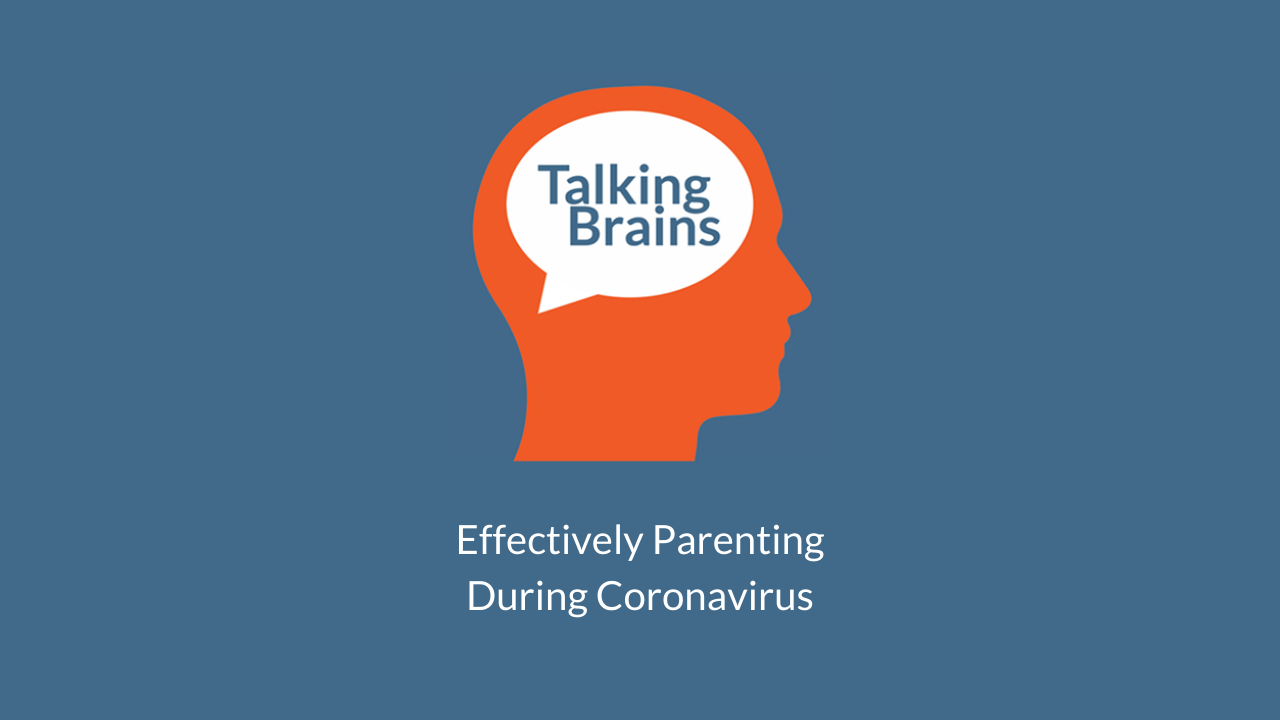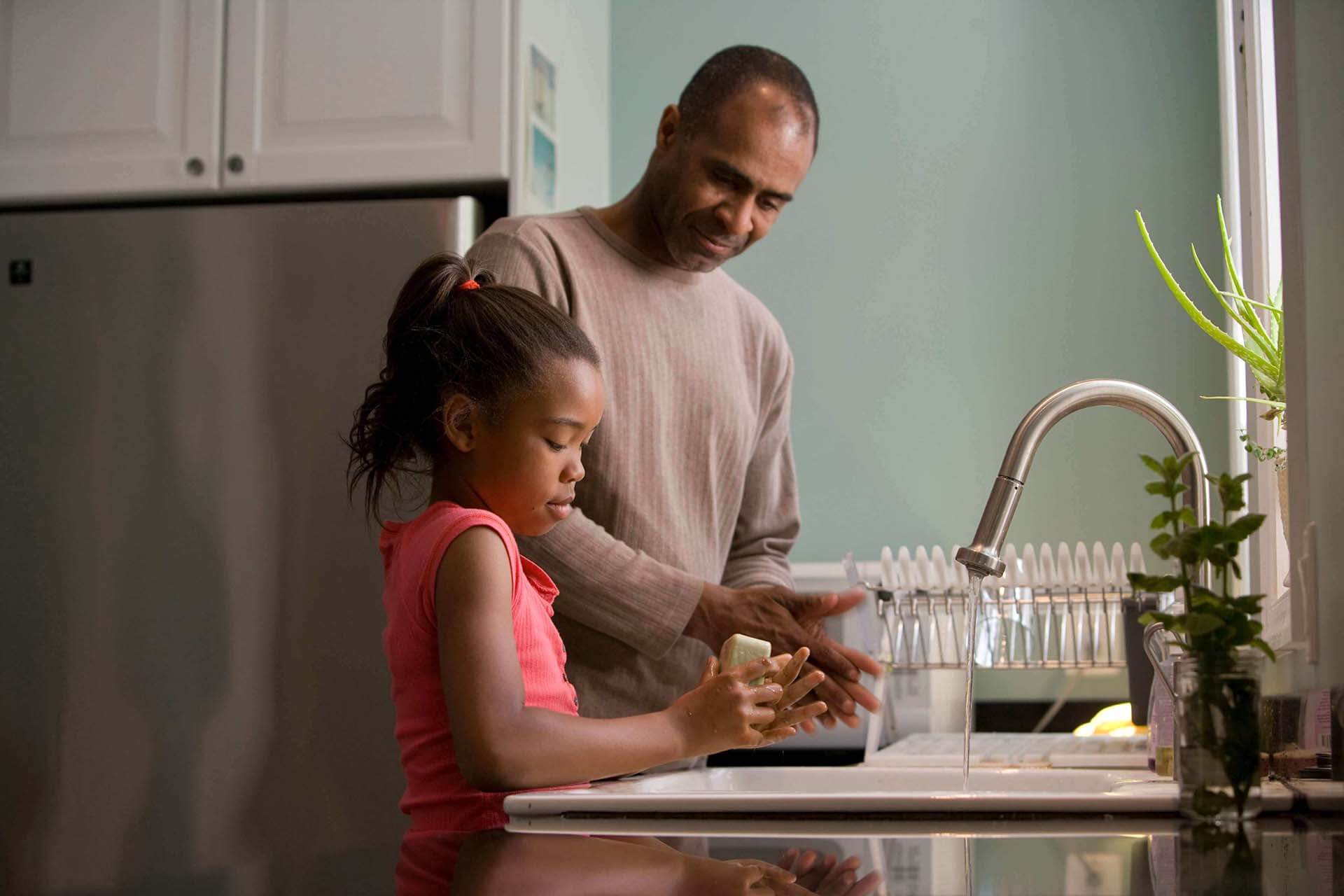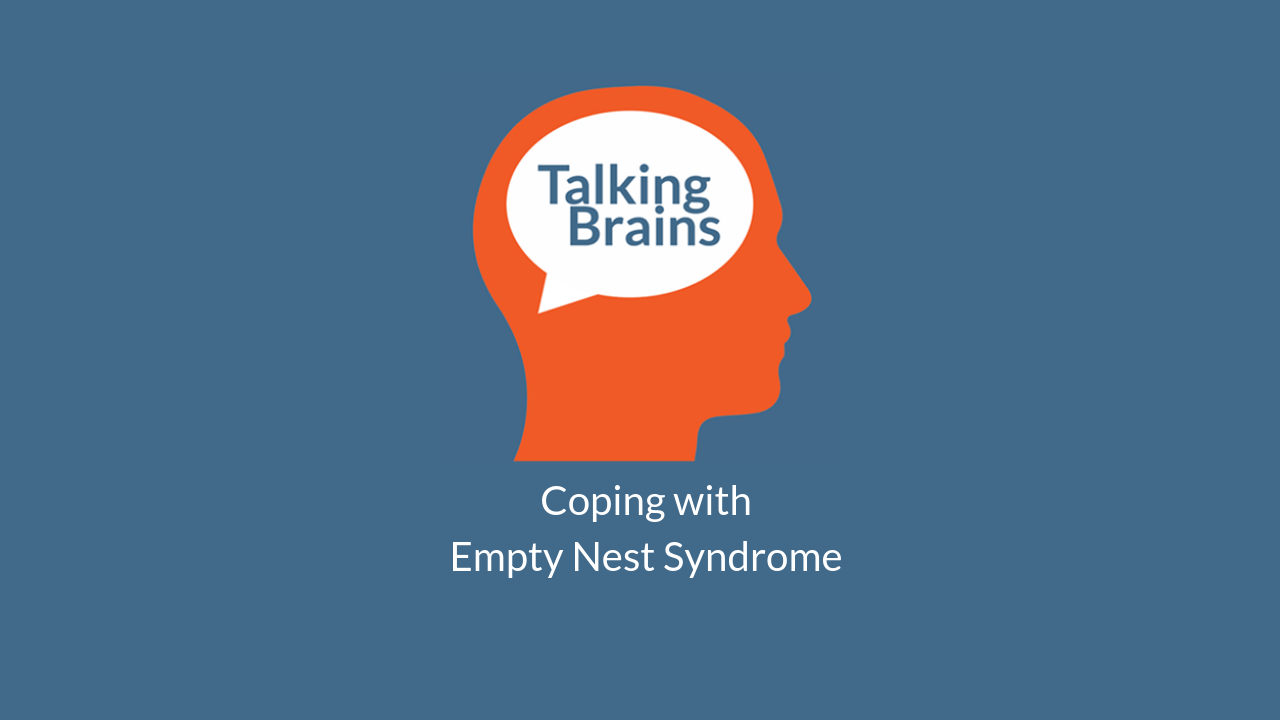Halloween can be a difficult time for children with food allergies. More than 3 million children have good allergies in the United States. The only way to prevent food allergy reactions is to avoid the food completely. However, there are many treats that are given to children at Halloween parties or when they are trick-or-treating.
In severe food allergies, children (and adults) who eat or even have contract with a food they are allergic to can go into anaphylactic shock. Children and adults who have anaphylaxis can have itching and hives, swelling of the throat and/or tongue, difficulty breathing, dizziness, stomach cramps, or nausea and diarrhea.
Anaphylatic shock can be immediately treated by an injection of epinephrine. An Epi-Pen is injectible epinephrine that is only available via prescription.
If you suspect your child has food allergies, see your healthcare provider. There is a chance that each repeated exposure to the food (allergen) may worsen the allergic reaction.
For details about food allergies in children, visit the Food Allergy and Anaphylaxis Network at www.foodallergy.org .
Here are some other tips to help protect your food-allergic child during Halloween festivities.
1. Children want to be like their friends, and it can be difficult for them to refuse candy or not eat what their friends are eating. It is very important to educate your child about his or her food allergy – not only what they are allergic to, but also what forms it can take (a Snickers bar if your child is allergic to nuts, for example).
One great way to teach your child about “allergic” is this video from Sesame Street. (And an added bonus for you parents that are Taye Diggs and/or Idina Menzel fans!)
Sesame Street explains “allergic”.
2. Read all wrapper labels thoroughly. Even if nuts are not listed on a candy’s ingredients, look to see if the label says “May have trace amounts of nuts”. If you have any suspicions, toss the candy out. If you have a curious child, make sure you throw out the treat in a tightly tied garbage bag and put it in the trash can immediately. Do not allow your child to eat
- any
homemade treats.
3. Have some acceptable treats available for your child at home. If you come across a candy that your child is not allowed to have, exchange it out for an acceptable treat. This helps reduce frustration and tantrums. Even better, take your child to the store to pick out some inexpensive “replacement” treats. You can always use these later to reward good behavior.
4. Make sure that every adult involved with a child’s Halloween party (whether it’s held at home or at school) knows about your child’s food allergy.
5. Watch your child like a hawk when they are trick-or-treating. If you see your child take a candy bar that is not acceptable, take it from them immediately afterwards. (This is tricky, because if you intercept the candy from your child right as it is going into their trick-or-treat bag, it can greatly upset your child. However, it is always best to err on the side of safety.)
6. Instead of trick-or-treating, hold a Halloween party where all the treats are okay for your child. This way there is a reduced risk of an allergic reaction. For treat bags, include stickers and other non-food items.
7. If your child has been prescribed an Epi-Pen, make sure it has not expired. Otherwise, get a prescription with refills from your healthcare provider. Carry the Epi-Pen with you when taking your child trick-or-treating.
Have a happy and safe Halloween!




